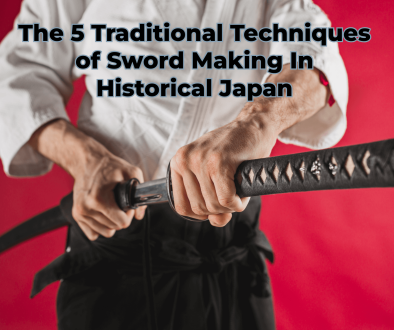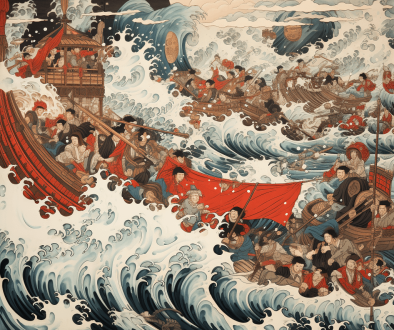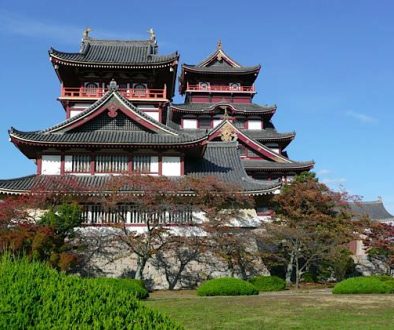Muromachi
The period from approximately 1337 to 1573 was known in Japan as the Muromachi period (室町時代). Also known as the Ashikaga era too, this period of Japan’s history can further be split into 2 periods which consisted of the continued support of Emperor Go-Daigo, who had attempted to reintroduce a civilian government after military rule during the period of 1333–36.
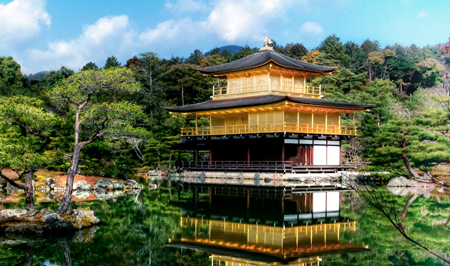
This was known as the Kenmu Restoration, and from 1336 to 1392 this period is referred to as the Nanboku-cho. Which translates to mean the Northern and Southern Court period. The period from 1465-1573 then became the Sengoku period. This translated to the Warring States and was a reflection of the split of perspectives about the civilian and military rule.

The Nanboku-cho period was the result of The Emperor Go-Daigo, not receiving strong support of the samurai class for the introduction of the civilian rule, and so he was overthrown with their help, leading to the proclamation of Ashikaga Takauji as shogun in 1338, and helping him establish his new government headquarters in Kyoto.
It was a period of time when the Ashikaga shoguns ruled Japan with their samurai.
This period can be split into three eras, each with different rulers: The beginning of the Muromachi era when Yoshimitsu was in power, followed by his son Yoshiaki who ruled until 1394 CE, and then finally Yoshimasa who ruled until 1423 CE.
This era is important because it helped shape Japan’s culture in many ways, including its laws and religion. It also saw an increase in art production. Some of the most well-known pieces of art to come out of this era.
Japan’s Golden Age
The Muromachi Period is considered to be Japan’s Golden Age. During this time, the culture and arts flourished and it marked an economic boom.
Japan was successful during this time because they adopted the Chinese written system known as Kanji which made it easier for them to communicate with traders from China and Korea. They also benefited from technological advances such as improved farming tools which made farming more efficient than ever before.
What made the Muromachi Period important historically speaking?
The Muromachi Period is known for the growth of trade, especially with the Ming Dynasty. This period also saw the beginning of rural-based samurai rule which later led to the Edo period.
The Muromachi Period was important because it saw trade expand to China which later led to an increased interest in goods coming from the Ming Dynasty. It also saw a growth in rural samurai rule which would eventually lead to the Edo era.
The Rise of Shogun Ashikaga Yoshimitsu and Tokugawa Ieyasu
Ashikaga Yoshimitsu was the “shogun” of Japan. This meant that he had the power to rule over all other lords in Japan. He lived from 1358-1408. One of his greatest accomplishments was that he helped restore order to Japan after it suffered through a long period of civil war.
He also helped protect it against invasions by Mongols and Ainu tribes who lived in northern Japan at the time. Tokugawa Ieyasu lived between 1542-1616 and was one of three shoguns (or military rulers) during this time period. He contributed greatly to the Tokugawa clan, which now has two emperors descended from them.
The Decline & End of the Muromachi Period
The Muromachi period was the second shogunate in Japan. It was during this time that Japan shifted from a feudal society to a pre-industrial society.
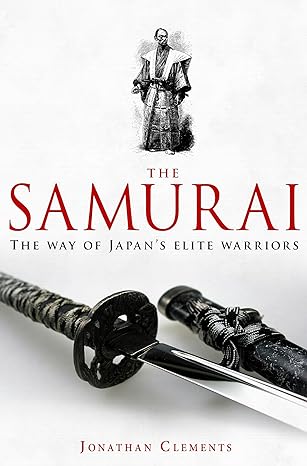
The Muromachi period is known for its civil wars, which led to the decline of the Hojo clan. The period also saw many developments in military technology, literature, and culture.
